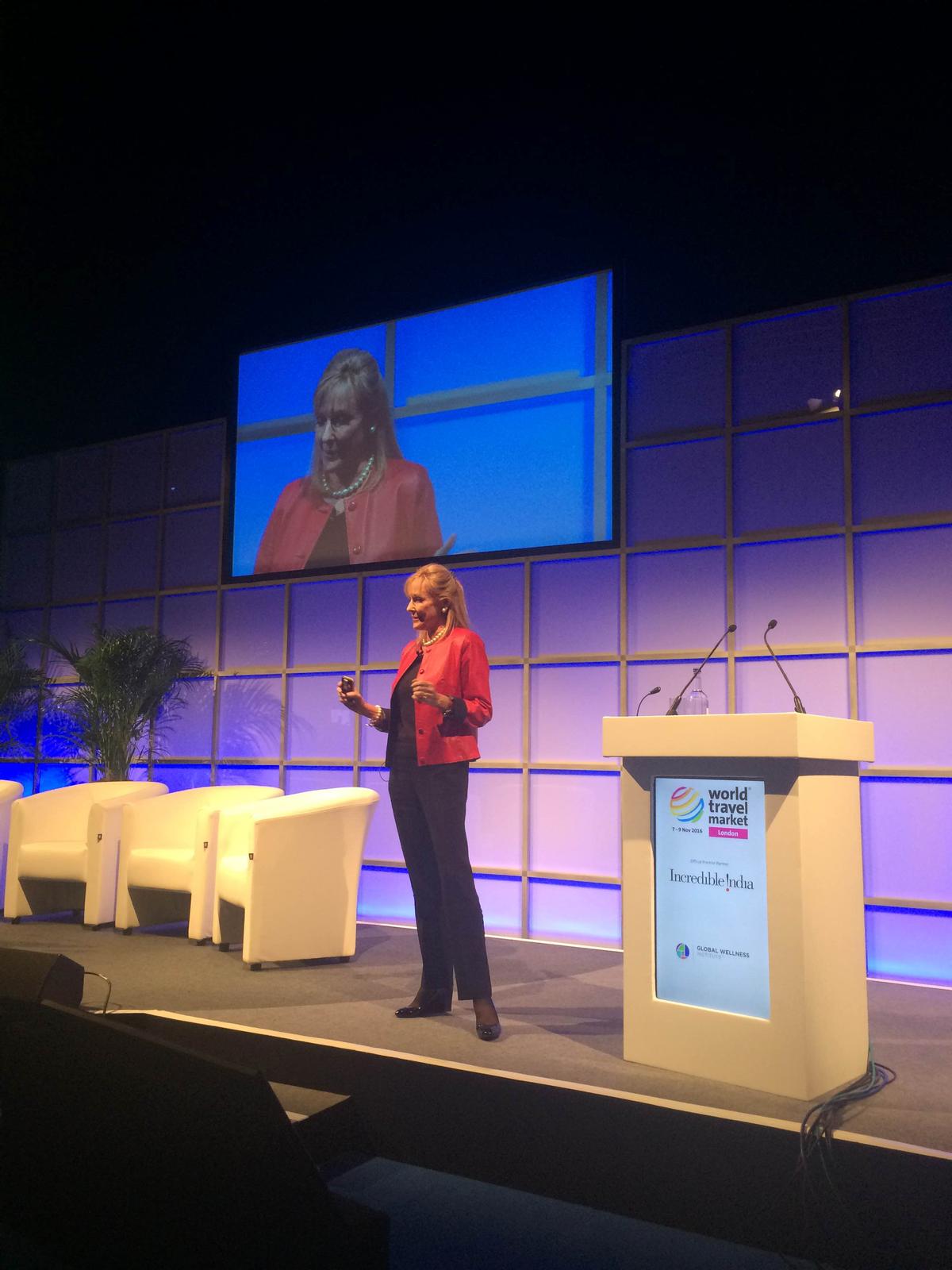see all jobs
International wellness tourism growing faster than domestic
The Global wellness institute (GWI) has released new data showing that international wellness tourism revenues have been growing at a significantly faster clip – 20 per cent from 2013-2015 – than domestic wellness travel, which grew 11 per cent in the same period.
Statistics also revealed that secondary wellness tourism – which is defined as wellness services sought during travel, but where wellness is not the main purpose of the trip – is growing slightly faster than primary wellness tourism, where the main purpose of the trip is wellness.
The statistics were revealed at the world travel market in London yesterday, where the GWI hosted the Wellness Travel Symposium.
The GWI also recently reported that global wellness tourism revenues grew an impressive 14 per cent from 2013-2105 (to US$563bn), more than twice as fast as overall tourism (6.9 per cent) - while also projecting that this “unstoppable” travel category would grow another 37.5 per cent, to US$808bn, by year 2020.
The top twenty national wellness travel markets (inbound and domestic combined) were also released yesterday, and the U.S. remains the global powerhouse, with US$202bn in revenues, or more than three times more than Number 2 market, Germany. But China showed the biggest growth: jumping from the 9th largest market in 2013, to 4th in 2015, with revenues growing more than 300 per cent, from US$12.3bn to US$29.5bn.
“The Chinese consumer’s appetite for wellness-focused travel is huge and growing, but the current infrastructure for delivering these services and experiences in China at an international standard is still limited,” said Katherine Johnston, senior research fellow, GWI. “But given the country’s unique wellness ‘assets’ – from TCM and herbal medicine, to energy work and martial arts – there is enormous potential for China to become both an international and domestic wellness tourism destination.”
Domestic wellness tourism represents the majority of wellness trips (83 per cent) and revenues (67 per cent). But international/inbound wellness travel grew at a much faster rate than its domestic equivalent from 2013-2015: 22 per cent growth in trips and 20 per cent growth in revenues for international, compared to 17 per cent and 11 per cent for domestic.
While international revenues grew more than twice as fast as domestic, both categories saw strong growth from 2013-2015: international trips grew from 95.3 million to 116 million, while domestic trips jumped from 491 million to 575 million.
According to the GWI, the bulk of wellness travel is done by secondary wellness tourists – those who seek wellness experiences during travel – but where wellness is not the primary motivation for the trip.
Secondary wellness tourists accounted for 89 per cent of wellness tourism trips and 86 per cent of expenditures in 2015 - up from 87 per cent of trips and 84 per cent expenditures in 2013.
The top five growth leaders for percentage increase in wellness trips (among the top twenty nations for wellness tourism revenues) are:
1) Australia (+85 per cent),
2) China (+60 per cent), 3) Brazil (+46 per cent),
4) Indonesia (+40 per cent) and 5) Russia (+31 per cent)
More News
- News by sector (all)
- All news
- Fitness
- Personal trainer
- Sport
- Spa
- Swimming
- Hospitality
- Entertainment & Gaming
- Commercial Leisure
- Property
- Architecture
- Design
- Tourism
- Travel
- Attractions
- Theme & Water Parks
- Arts & Culture
- Heritage & Museums
- Parks & Countryside
- Sales & Marketing
- Public Sector
- Training
- People
- Executive
- Apprenticeships
- Suppliers
















































